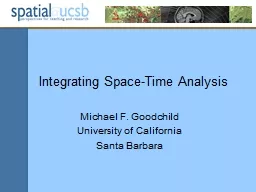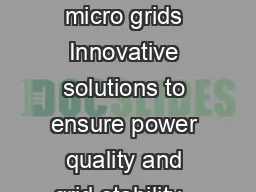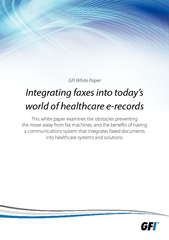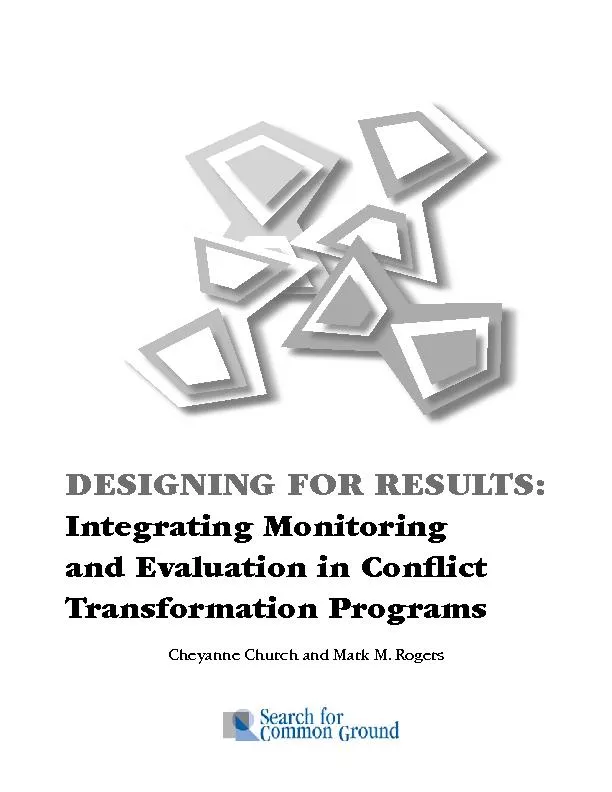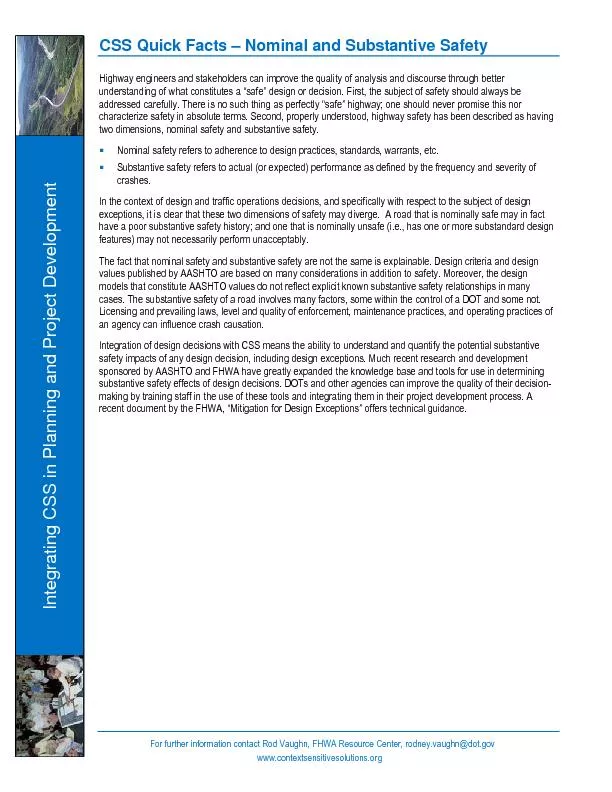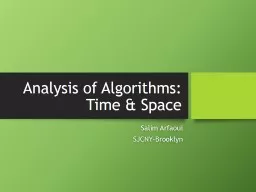PPT-Integrating Space-Time Analysis
Author : calandra-battersby | Published Date : 2017-09-12
Michael F Goodchild University of California Santa Barbara Scientific tradition The lone investigator looking for simple truths Newtons gravitation Mendeleevs periodic
Presentation Embed Code
Download Presentation
Download Presentation The PPT/PDF document "Integrating Space-Time Analysis" is the property of its rightful owner. Permission is granted to download and print the materials on this website for personal, non-commercial use only, and to display it on your personal computer provided you do not modify the materials and that you retain all copyright notices contained in the materials. By downloading content from our website, you accept the terms of this agreement.
Integrating Space-Time Analysis: Transcript
Download Rules Of Document
"Integrating Space-Time Analysis"The content belongs to its owner. You may download and print it for personal use, without modification, and keep all copyright notices. By downloading, you agree to these terms.
Related Documents

